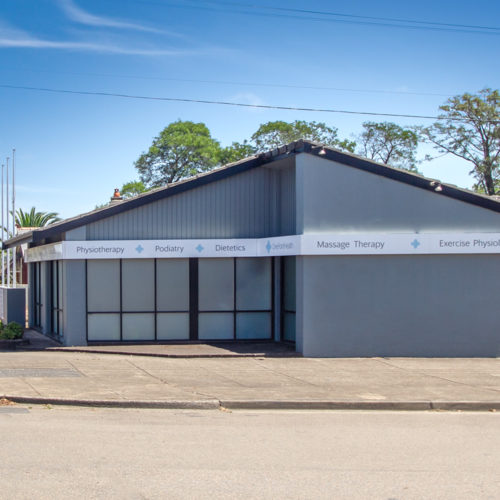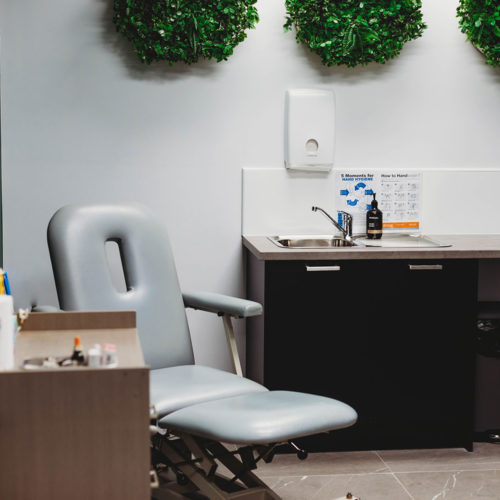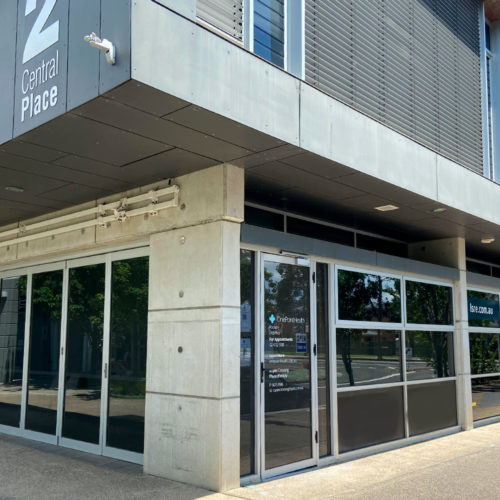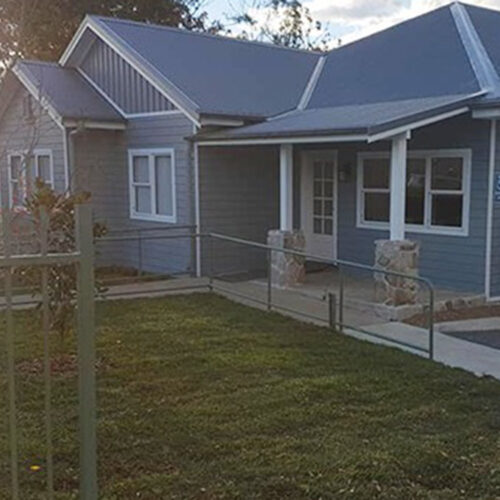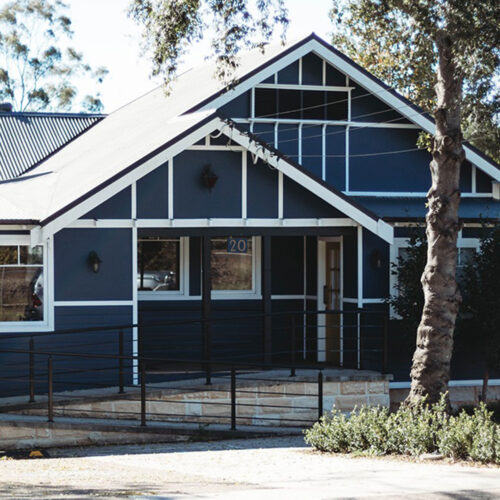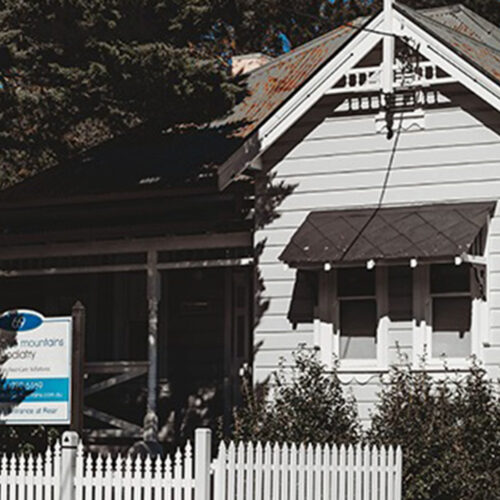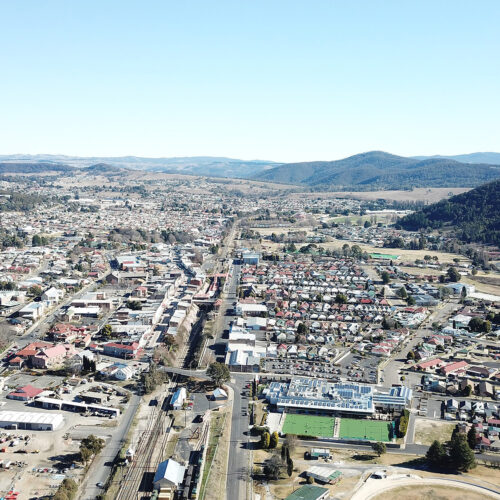What is knee osteoarthritis (OA)?
It is generally considered a degenerative condition (occurs via wear and tear) that affects many Australians. OA is a condition in which the hyaline articular cartilage thins, develops cracks and can eventually wear away.
Signs and symptoms of knee osteoarthritis?
Knee OA has a variety of symptoms that are related to the main site of OA within the knee, the severity of the OA, the amount of strength and control a person has around their knee, as well as any other conditions present within the knee (eg, a meniscal tear). It is a diagnosis made according to a person’s symptoms and their examination findings.
Symptoms commonly include:
- Stiffness in the morning or after prolonged sitting
- Pain with prolonged periods of walking or standing
- Difficulty with activities such as stair climbing and stair descending
- Joint swelling – which may not always correlate with activity
- Clicking, clunking, crunching or catching within the joint
- Reduced joint flexibility (bending or straightening)
- Altered joint shape and size
- Altered leg posture (eg, ‘knock knees’ or ‘bow legs’) – More common
- A feeling of instability or giving way in the knee
- Feeling of weakness in the leg muscles, especially the quadriceps (front of thigh).
- Pain in the knee wearing poor footwear
Knee OA symptoms commonly fluctuate, sometimes being better or worse, depending on activity. The symptoms may initially only be with activity but as OA progresses, knee pain may be experienced at rest or during the night.
Causes of knee osteoarthritis
The articular cartilage of the knee is kept healthy by movement and load. OA develops when the articular cartilage is either exposed to higher loads than it can withstand, often over a long period of time, or when the cartilage itself isn’t able to withstand relatively normal loads. Knee OA is therefore caused by a variety of factors. These include:
- Age. Though knee OA can affect younger people, it is significantly more common with each decade above the age of 45.
- Weight. Being overweight increases the risk of knee OA, as well as the likelihood of it progressing. This is because the knee is a load bearing joint and as such, loads on the articular cartilage of the knee are relative to body weight.
- Gender. Before the age of 50, men have slightly higher rates of knee OA, but after the age of 50, the rates are higher in women.
- Past history of trauma or surgery to the knee (eg, ligament reconstruction). This may lead a person to develop knee OA at an earlier age than average due to specific damage to the cartilage at the time of injury, or the strength and stability able to be regained in the knee after an injury.
- Family history of knee OA. Some people may have inherited a form of articular cartilage that is less robust than average, reducing its ability to withstand load over time.
- Natural leg posture. For example, in a person with ‘bow legs’ the inner aspect (medial compartment) of the knee will bear more load than the outer aspect (lateral compartment). This load accumulates over the years and can cause early wear and tear of the cartilage in the medial compartment of the joint.
- Biomechanics. For example, in a person with long-term patella (kneecap) maltracking, the repeated rubbing of the patella against its groove can cause early wear and tear to the articular surfaces of the patellofemoral joint.
- Muscle weakness. Weak muscles can contribute to increased loads being placed on the joint surfaces.
Treatment for knee osteoarthritis
- Education about OA. There is evidence to suggest that understanding the condition of OA helps with pain control, coping and ongoing symptom management. It helps a person be an active participant in their knee condition.
- Prescribing an exercise program – Building strength. Strength increase is shown to be effective with the monument of OA as the muscles are able to tolerate more load, reducing the load on the joint. A program to help strengthen the muscles around the knee and improve how a person controls their knee position is required. Leg weakness results in further limitation to a person being able to continue daily activity and is linked with the progression of knee OA.
- Activity modification. Teaching strategies to allow a person with knee OA to stay active and keep participating in their daily tasks.
- Advice regarding weight control. This can include exercise options, such as swimming, the AlterG (ANti-Gravity Treadmill) or bike riding for maintaining healthy weight if walking is painful for a person with knee OA.
- Manual therapy. Techniques such as massage may form part of a treatment program if a person has restricted flexibility in their knee (or hip or ankle) that might be placing increased stress on their knee joint.
- Heat . Often people find the cold to aggravate symptoms and can find relieve with heat being applied to the area.
- Multi-Disciplinary approach. Physiotherapists commonly work as part of a team including GPs, surgeons, psychologists, pharmacists, podiatrists, dieticians, sports doctors and surgeons. In this team setting, communication regarding a patient’s progress with knee OA treatment may include whether additional medications or specific dietary advice may be beneficial.
- Prehabilitation. If a person’s OA progresses to the point of needing total knee replacement surgery, physiotherapy-led prehabilitation (a form of specific exercise training and education prior to surgery) has been shown to help patients enter surgery better prepared and recover faster.
- Rehabilitation. If a person with OA does eventually need total knee replacement surgery, physiotherapists are experts in providing post-operative rehabilitation to get a person back to their best level of function.

